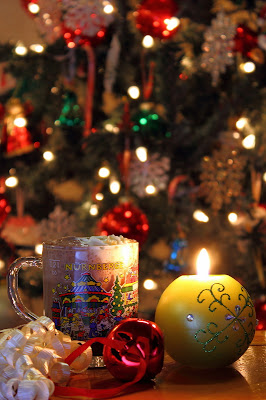Today we’re going to talk about NEGATIVE SPACE. There’s a lot of ground to cover, it’s a wide topic, and there are a variety of views on the subject. We’re just going to touch on some of it today, with more about it another time. Of course, if you really want to, you can Google it for loads of information.
NEGATIVE SPACE is basically the area around the subject of your photo. NEGATIVE SPACE is used in all forms of art, from photography and painting to music and gardening. They even use it when designing logos and trademarks.
When we make photos we place our subject, generally following guidelines, where we feel it will create visual appeal. This subject becomes our positive space, for want of a better descriptor in today’s context. The remaining areas are your NEGATIVE SPACE used to balance the positive space, or to add context to an image. It's generally used in conjunction with other "rules" of composition, like the rule of thirds.
In the minimalist approach, NEGATIVE SPACE often refers to space that carries minimal detail, yet allows the image to work. Much like the photo below. Notice how the background is blown almost totally white or light shades of gray. Another side of this approach is not just monotone, but lacking detail. When most folks see NEGATIVE SPACE, they tend to think that any detail detracts, so like to blur it out. Bokeh comes from this, and makes for great images. You can use blur for effects, for subjects in and of itself, or to add context.

ISO 320, f/5.6, 1/60, 85mm
Notice the white NEGATIVE SPACE around the princess.
Another great use of NEGATIVE SPACE is to carry minor detail and add to the context of the image. In my Christmas shot, you can see the NEGATIVE SPACE is the background. It’s just a Christmas tree, but too little information creates a blurry mess, and too much creates a distraction. By selecting my f/stop and focus to allow enough detail to show up, it shows a time, Christmas, and creates a sense of being at home. Due to decorations on the tree, and their size, blurring beyond this becomes a distraction, as does greater DOF. You see now how NEGATIVE SPACE can convey time, place, and themes. Using snow-capped mountains would have felt like a ski lodge, a Christmas market would have left one with the feeling on being Nurnberg.

ISO 100, f/5.6, 2 seconds, 55mm
Merry Christmas, Hohenfels!
In both the images above, NEGATIVE SPACE has been used to create a composition that makes the image work. Don’t overlook the importance of your NEGATIVE SPACE when visualizing and composing your shots. Think about your intent and how to use NEGATIVE SPACE to aid your subject in fulfilling your intent. By knowing how to use NEGATIVE SPACE and how it affects your image, you can use it to carry some information or use it outline your subject creating an interesting image. If you use it to create a silhouette, remember the silhouette is generally your subject, not NEGATIVE SPACE.
Enjoy the rest of your evening, and remember to cast your vote for next week’s theme. Don’t forget to get your pics posted at the Hohenfels Volks Facebook page. Of course, commenting on both Facebook and here is always appreciated, too!




